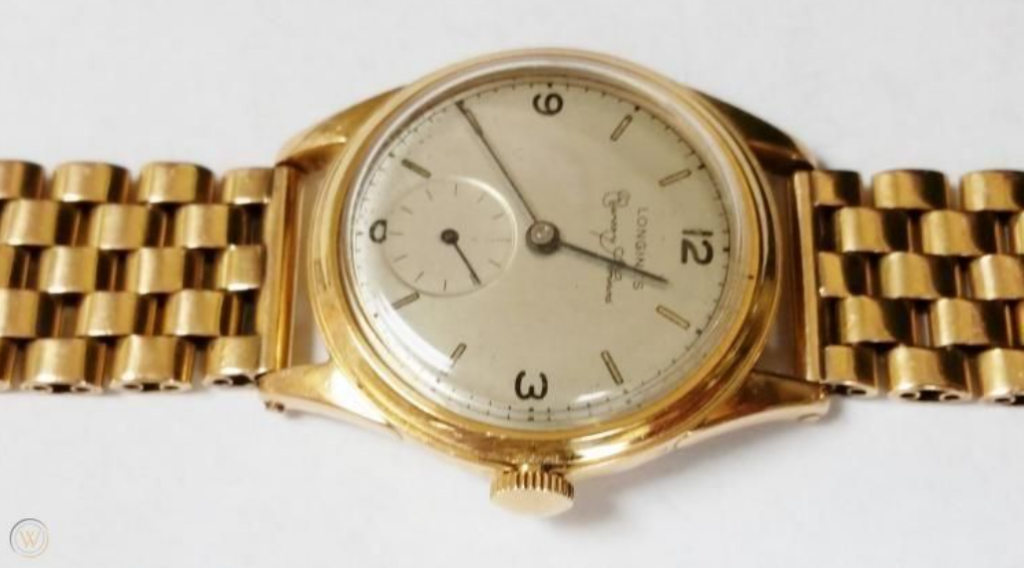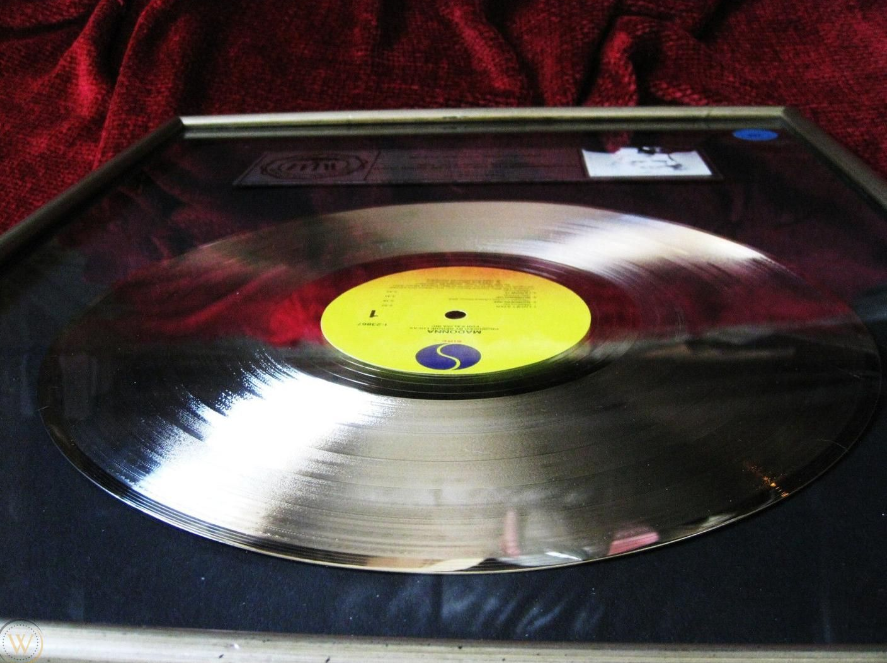BLOG
Finds and Interests
Lately, we’ve been discussing analog versus digital devices. Each camp has its devotees. The digital camp claims that digital keeps us connected. After all, where would we be without the Internet of Stuff or artificial intelligence? Without digital, how could our refrigerators talk to our phones? How could our cars drive us to the grocery store?

Image: Shutterstock
Of course, I’m being facetious. As much as I like the digital world, there is a sameness to the digital experience that leaves many of us craving interaction with the real world. By “real,” I mean the world of light and sound waves, tactile experiences, and interacting with the world through our senses rather than digital screens. I take issue with the idea that “digital keeps us connected.” Connected to what? The ability to reach out to someone digitally isn’t the same as being connected. To my way of thinking, connection means interaction, conversation, and experiences.
I grew up in an analog world; maybe you did as well. Telephones were landlines, cameras had film, and books were printed on paper (“kindling,” as opposed to Kindles). I find it interesting that digital natives—born in the late 1980s when the internet and home computers gained a foothold—are leading the charge back to analog devices. Some of us never left. But in today’s digital age, where information is stored in the cloud and experiences are accessed through a digital lens, it’s refreshing to see generations being bound together by a shared love for analog stuff.
Let’s quickly look at five favorite analog collectibles and explore why we love them.

Image: WorthPoint
1. Analog Wristwatches
Who among us has not viewed clockworks and been awed by the mechanism? Clocks have been with us for more than seven hundred years. In that time, they evolved from clock towers to floor clocks, mantle clocks, and wristwatches. What they have in common are complexity and craftsmanship. The watches I owned as a young man had to be finger-wound to keep running. When they worked poorly, they had to be taken to a watchmaker to be cleaned and repaired. I’ll admit, though, that today’s digital watches keep better time than analog and are relatively trouble-free.
A survey in Oklahoma City indicated that 80 percent of students couldn’t read the time on an analog clock. This problem is pervasive in Western countries. Some remark, “So what? The technology is obsolete! Why does it matter?” Well, it matters from the experience standpoint—interacting with the tool that will tell you what time it is. A digital watch removes me from that experience. I liked winding a watch, setting the calendar, and reading the time from the position of the hands.
2. Film Cameras
We are in an era of junk photographs. Over 90 percent of the world’s population owns a cellphone with a point-and-click camera that will auto-focus, store, format, and distribute images. No film to buy, load, or develop. No shutter speeds or lighting to worry about. Easy, right?
Sure, it’s easy. But non-professionals are largely separated from the photography experience when using a phone camera. Setting up a photograph—the lighting, the context, the people—is half the fun of taking pictures. We must assemble the elements. We’re involved in the process. How much involvement does it take to snap a phone photo of your food and post it to social media? Not much. I want to take photos that I care about and that others may enjoy.
3. Board Games
I recall seeing a group of young women sitting together in a park, all actively thumb-typing on their phones. In the few minutes I watched them, no one spoke. They were not interacting with one another as friends do; they were a group of individuals interacting with their phones.
As this group demonstrates, digital experiences are not communal experiences; human interaction is missing. Digital games—even when played by several people—move quickly, and a player’s attention is focused on a screen.
We love board games because they bring people together. Sure, everyone is paying attention to the game. But the players are involved with one another—conversing, laughing, and being sociable. There is something special about sitting around a table with friends and family. It’s nothing like playing a board game. Board games create memories that last a lifetime.

Image: WorthPoint
4. Vinyl Records
Vinyl records are ubiquitous. In the 1990s, tons (literally) of them made their way to thrift stores as consumers replaced their music collections with compact discs. Then, CDs lost ground to MP3 downloads.
Generations that have grown up with digital sound are amazed when they discover that analog audio—played on a good quality sound system—sounds better. Really, it does. Digital music files use a lower bitrate, resulting in a loss of audio file data. Smaller files are easier to share, play, and stream but lose some of the overall sound quality.
That’s not the case with analog music. Analog recordings are made by imprinting sound waves from voices or instruments directly onto a record master or magnetic tape from which vinyl records are made. Vinyl records have a fuller sound because of the physical nature of vinyl records. The record grooves cause a needle to vibrate, and the sound equipment amplifies these vibrations. A digital recording cannot replicate the resulting sound; it’s richer and warmer.
5. Print Books
Print books represent the quintessential tactile experience. It takes two hands to hold a book and turn the pages. Books come in different sizes and weights, and their paper varies in texture from book to book. They can be personalized. Unlike e-readers highlighting passages other readers have marked, physical books can be personalized with the owner’s highlights and annotations.
Also—and this point is essential to collectors—since physical books are owned property, they are subject to the “first sale doctrine.” This doctrine states that an owner has the right to resell a book. E-books, however, are licensed, not sold; the title to an e-book never transfers. They can’t be resold. One may have hundreds of e-books on a device yet own none.
Finally, I like the aesthetic of books. Shelves full of books are a beautiful sight and add a distinguished element to a room’s décor.

Image: Shutterstock
Analog Is Here to Stay
Digital may dominate in our “let’s hurry up and get it done” culture. But analog is here to stay. Readers will want to snuggle up with a favorite book, pianists prefer the control and exquisite sound of a Steinway piano to a digitally sampled knockoff, and many artists prefer canvas and paint to digital manipulation.
Which do you prefer? As for me, I will continue to “get real.”
Will Seippel is the CEO and founder of WorthPoint®, the world’s largest provider of information about art, antiques, and collectibles. An Inc. 500 Company, WorthPoint is used by individuals and organizations seeking credible valuations on everything from cameras to coins. WorthPoint counts the Salvation Army, Habitat for Humanity, and the IRS among its clients.